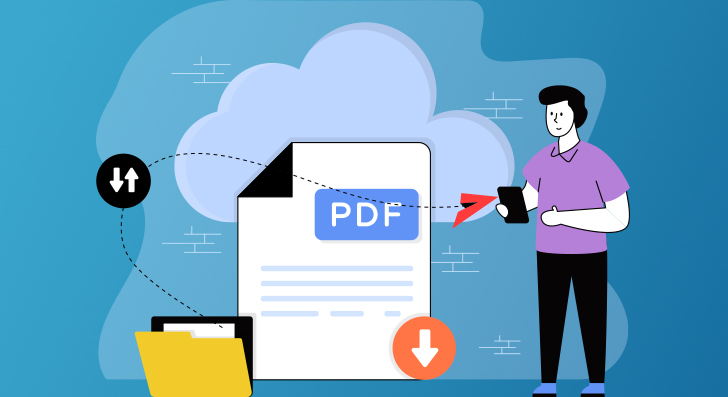In the legal industry, precision and documentation are everything. But what many law firms overlook is how their digital documents, especially PDFs, can unintentionally exclude clients, colleagues, or stakeholders with disabilities. This is where PDF accessibility tools come into play.
What Are PDF Accessibility Tools?
PDF accessibility tools are software solutions designed to ensure that PDF files are usable by everyone, including people with visual, motor, or cognitive impairments. These tools help identify and fix issues such as:
- Missing tags that screen readers rely on
- Poorly structured reading order
- Inaccessible form fields
- Lack of proper contrast and font sizing
When legal documents aren’t accessible, it’s not just inconvenient, it can be discriminatory and non-compliant with modern accessibility laws.
Legal Risk and Ethical Responsibility
Under the Americans with Disabilities Act (ADA) and Section 508, digital documents must be accessible. This includes court filings, contracts, internal reports, and client communication materials.
For law firms, failing to make PDFs accessible isn’t just a technical oversight, it can lead to reputational harm or even litigation. As legal professionals, it’s your responsibility to uphold inclusion and equity not just in the courtroom, but across every medium you communicate through.
The Business Case for Accessibility
Beyond compliance, accessible PDFs improve your firm’s credibility, client service, and operational efficiency. Documents that are easy to navigate benefit all users, not just those with disabilities. And for clients or partners using assistive tech, accessible documents are the difference between transparency and frustration.
EqualWeb’s PDF Accessibility Tools
EqualWeb offers PDF accessibility tools built to simplify the process. Whether you’re converting new files or retrofitting older documents, these tools help law firms ensure compliance and deliver a better experience to all readers.
With features like automated tagging, visual structure checks, and remediation support, they offer both speed and accuracy for legal workflows.
Final Thoughts
Legal documents should be readable and inclusive by default. PDF accessibility tools give firms the power to modernize their documentation, meet regulatory standards, and serve every client with equal care.
In a profession built on clarity and equity, accessible PDFs aren’t a luxury, they’re the standard.

